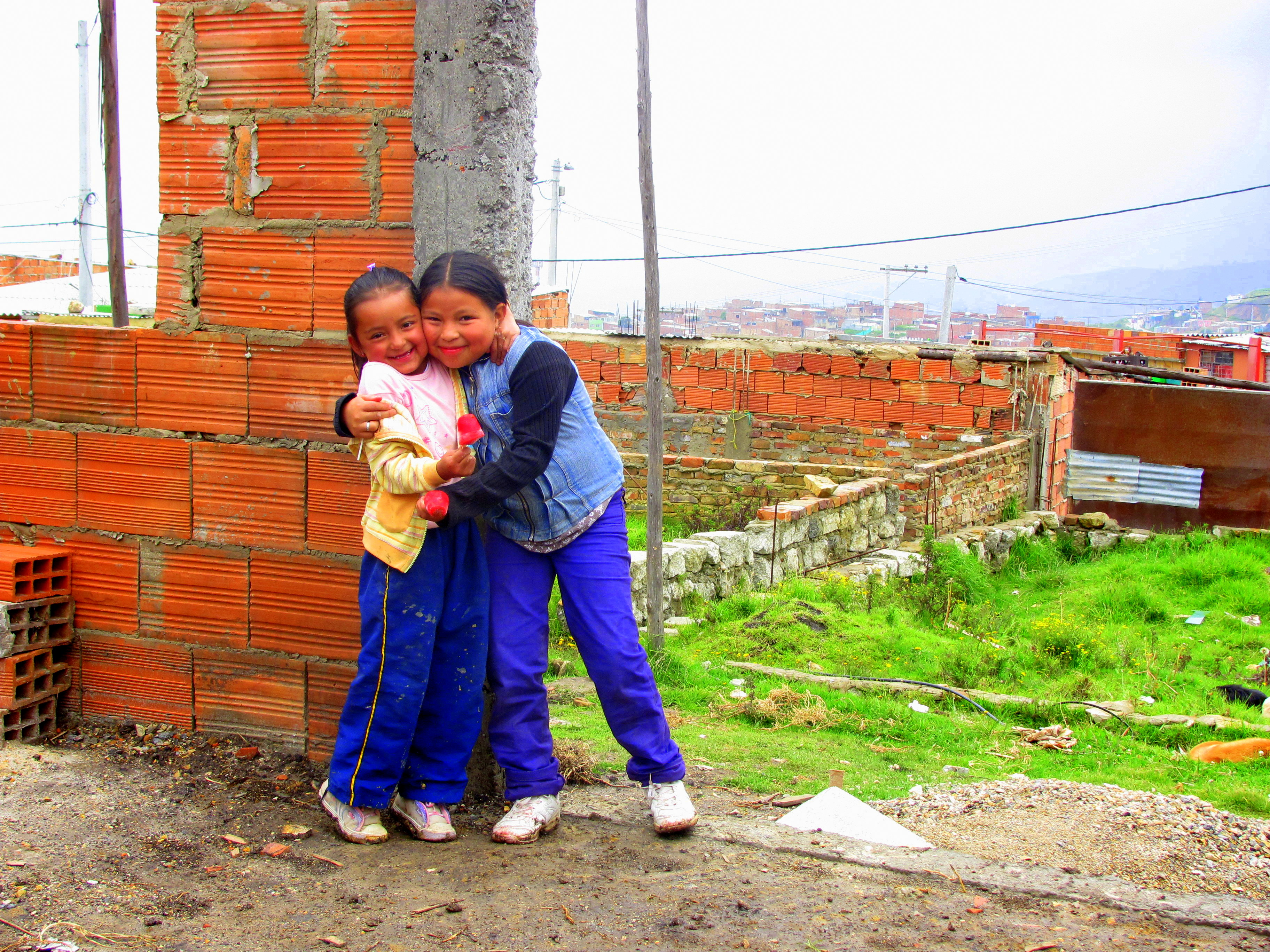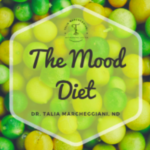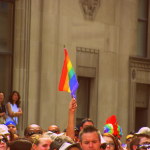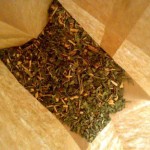Last Wednesday, November 14, a group of exceptionally socially-minded classmates and I held a Community Healthcare Panel. Despite the fact that it was held on a Wednesday night, the event proved to be nothing less than engaging and inspiring and, because of its success, I was asked by a number of students who couldn’t attend to offer up a synopsis of what was covered. So, here are my rough notes:
First of all, our speakers were the following healthcare practitioners, all of whom have an active role in pursing inclusive clinic models that reach the broader community:
Lamia Gibson: A shiatsu therapist and community acupuncturist in Toronto.
Chelsea Derry: A naturopathic doctor who sees LGBT patients on a sliding scale in Thornhill, Ontario.
Chris Pickerell: A naturopathic doctor and community acupuncturist working in Toronto.
The speakers were engaging, open and enthusiastic. They were happy to share insight, allowing us to benefit from their extensive experience in the world of community health. The following points were covered at our talk:
– It is estimated that 80% of the people of Toronto cannot and will never be able to afford to see a naturopathic doctor. While our medicine can benefit everyone, not everyone can benefit from our medicine. This is primarily because of socioeconomic barriers. It is therefore important to create a model of healthcare delivery that deconstructs these barriers.
– The alternative, or naturopathic, clinic model classically features an appointment with one practitioner treating one patient. Visits are typically (in the case of naturopathic medicine) one hour in length. In order to remain a viable business, naturopathic doctors must charge high fees that are only accessible to those with the financial means, or those who have health insurance that provides coverage for naturopathic medicine.
– To remedy this, there are some options: increasing the number of patients treated at one time, decreasing fees or, unfavourably, decreasing the amount of time spent with patients and the quality of care.
– Most socially conscious clinics offer services on a sliding-scale: the lower the income the lower the fee one is eligible to pay. This model is the most common form of providing accessible naturopathic care.
– Rather than providing a sliding scale, Dr. Chris Pickerell offers patients the chance to choose their fee based on what they think is fair. They have 3 options: the full fee, a fee that is half that, and the option of receiving his services for free. He finds that, surprisingly, not all patients choose the half fee; 50% of patients choose the half fee and the other half choose the full fee. He doesn’t feel that patients take advantage of his system and, instead, feels that patients are appreciative of his inclusive model. Positively, the patients that choose the half fee also tend to be his greatest referrers, filling his practice and sending love his way. Patients rarely opt for free services, unless they truly do not have the resources to pay for treatment and often “repay” him with food or other non-monetary gestures that are greatly appreciated. He remarks that practicing in this way not only feeds his wallet, but his soul as well, which is truly the more important “bank account” for a healthcare practitioner.
– Dr. Pickerell points out that this does not, as many argue it does, “undermine” our value as naturopathic doctors. I agree. After all, what is a degree in naturopathic medicine worth? To me it’s worth, 1 year of weekly migraines, $100,000+ of student debt, 4 years of my life, permanently hunched shoulders, tight pectoral and weak gluteal muscles, wasting beautiful summer days in the library, seeing my youth flash before my eyes and – you get the idea. Needless to say, when we start to write down the things we’ve sacrificed in order to obtain this education (and for everyone it’s different), there really isn’t a price that can be put on a 1-hour visit that correctly represents our value. We have incredible value as healthcare practitioners. We know that. What we charge does not change our value, and we deserve to have successful practices that are rich in non-monetary ways – practices that support us financially but that are rewarding and fuel our passions. That’s why I’ve sacrificed what I have to be in this profession. How about you?
– Moving on… Another community-based healthcare delivery model is providing treatment modalities to groups, such as in the case of community acupuncture. Community acupuncture consists of a group of up to 10 individuals that are treated with acupuncture together. Fees for the service are significantly cheaper than private acupuncture treatments and can range from a recommended $20-40 for the session, or pay-what-you-can. This model is growing in popularity because, not only is it cost-effective for both the patient and practitioner, patients often remark that being in the presence of others receiving similar treatment is therapeutically beneficial and healing in and of itself.
– Dr. Chris Pickerell found that, when patients were given a suggestion of a fair fee (or told to pay what they could) and given the opportunity to anonymously place their payment in a blank envelope, the amount of money that they paid increased by $3, suggesting that providing quality service and allowing people to autonomously determine the value of a service is met with a greater appreciation for the service.
– The ideals of our profession – to deliver treatment in individualized, but costly, one-on-one sessions – should be challenged when it comes to community healthcare. There are many healing circles that feature group work (12 Steps groups, such as AA, prenatal courses, yoga classes, NADA circles, group therapy) that show greater benefit than treatment of patients in isolation. These models show that group support is an important aspect of healing. As naturopathic doctors, why not create financially accessible groups targeted at specific conditions (e.g.: fibromyalgia, diabetes, etc.) where patients can form connections and empower each other. Creating a network of patients, especially those who are going through similar healing journeys and dealing with similar symptom pictures, can help increase motivation to comply with treatment protocols and decrease feelings of isolation.
– There is no need to reinvent the wheel: the above practitioners and hundreds more who are dedicated to providing community healthcare, are keen on sharing their business models and offering advice for students and new graduates who are interested in developing similar models of community-centred practice.
– The opportunities, once looking bleak for those of us interested in community healthcare, now seem endless. I now see an expansive ocean of possibility including, but not limited to, community-centred acupuncture treatments, pay-what’s-fair fee scales, condition-focused and patient-centred treatment groups, cooking classes, group yoga sessions and educational seminars.
It feels great to be a naturopathic medical student again. Naturopathic medicine has always stemmed from roots that were geared towards treating the greater community. In China, people see a more economically-accessible Traditional Chinese doctor first, before seeking treatment at a more expensive Western hospital. Also, preventive medicine is thought to be more financially sustainable than the current disease-focused model of medicine that we see at Western hospitals. There is no reason that naturopathic medicine, with its roots in folk medicine, must become “boutique” medicine, marketing its services only to financially-able individuals.
I believe that we can make a profound difference in the lives of many people. However, in order to do this, we must creatively think of ways to broaden our scope of practice to reach more people than the 20% (or less) of Canadians who can currently access our care.
Viva la revolución!









Sounds as though it was a very positive event Talia! With regards to the rationale for setting fee schedules – many people charge for “time” (ie a 1 hour visit = $X and a 1/2 hour visit = $Y). The value of the treatment/visit is not in the time, it is in the result (as you have outlined with the comments from Dr. Pickerell). It has been said to me that it is impossible for someone to pay you what your time is really worth and that the fee you charge people is based on your ability to solve the individual’s problem (often where others have failed). Regardless of performing community based medicine or 1 on 1 treatments in the traditional medical model (ND or other healthcare practitioners included) it can be very limiting to the ability to provide access to your services for possible patients as well as limit who you can access as a practitioner if fees are based on time instead of results. There are a multitude of possibilities as it seems this event displayed. I have seen first hand that when people are provided with good results they have no issue with paying for the services provided. I guess it all comes down to the primary goal of one’s practice – making money or providing accessible service as well as any amount of combined measures of both these motives. As always it is in the practitioner’s hands -you are the boss and you make the call as long as you are willing to accept the outcomes.
Hmmm.. charging for results sounds compelling. I think it could work for a specific condition that you have experience treating in a set amount of time. I think it would be flawed in a situation where you’re not sure the patient will see results quickly or aren’t sure exactly what those results will be (treating a complicated condition, managing symptomology, reducing the side effects of medication, managing the after-affects of surgery, etc.). Then there’s the possibility that the patient simply can’t pay, even if they are pleased with the results. I love opening up dialogue on this issue, though and examining all the possibilities on how to make “private” medicine more publicly accessible. Thanks for the comment!
I don’t absolutely mean charging based on a specified result – that is an uncontrollable deal as each person is always a complicated and multifactorial case (no matter how simple the “condition” is). I guess the reality is that charging for time is not the ideal way to go – it makes lazy practitioners that are not solving problems, they are just filling time and doling out protocol based on a named condition (you can make a lot of money this way if that is your goal). It may not take an ND an hour to provide a solution…it might be 5 minutes, 30 minutes, 2 hours. I guess what I am really trying to say is that what the patient will be paying for is the solution to their issue, not your time. I am also all for making sure that services are accessible monetarily. From a philosophical point I feel I am present to provide help to a community so I need to be accessible to that community – this is my PERSONAL stance and I hope everyone chooses the stance that is appropriate for them even if it does not match mine (there is enough room for everyone). In saying that I take the position that I am the boss so I set the price – I will never charge anyone above my set fee, however I have free reign to charge people less should it be necessary.
I will say that I truly feel everyone has control of their own path as practitioners – they just need to OWN their choices and the rationale behind them. Choose the outcome you are looking for and then work backwards from the end goal to create the steps to reach it.
What a great talk! I’m confident that you and your classmates will do some exciting things in this profession. It’s cool for me because I’ll be graduating two years behind you and get to see all of the awesome stuff that you’re doing…
Thanks, Janine! I’m also excited to see where 1.5 years’ time takes us! I’m very excited/terrified to begin work in clinic, where the real action is. Thanks for attending the event and I’m glad you enjoyed it!